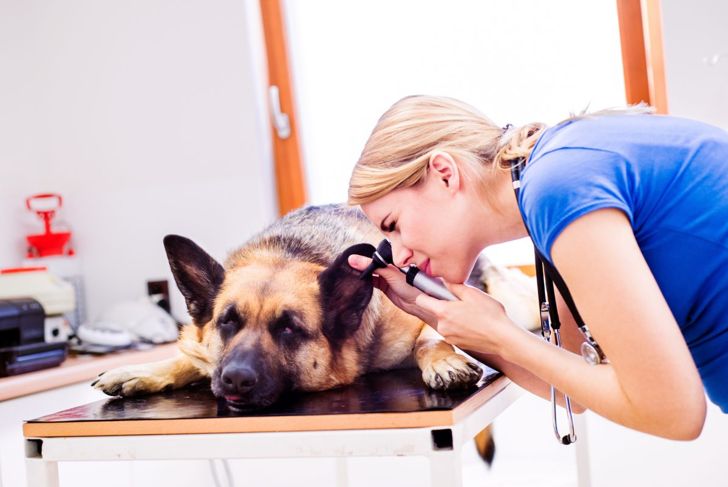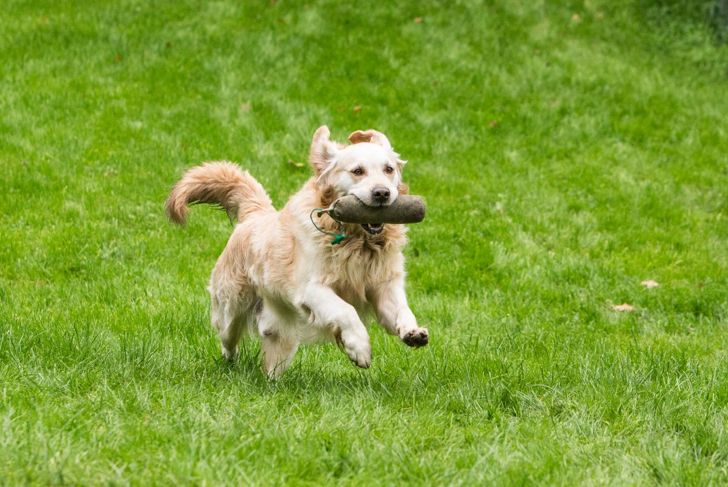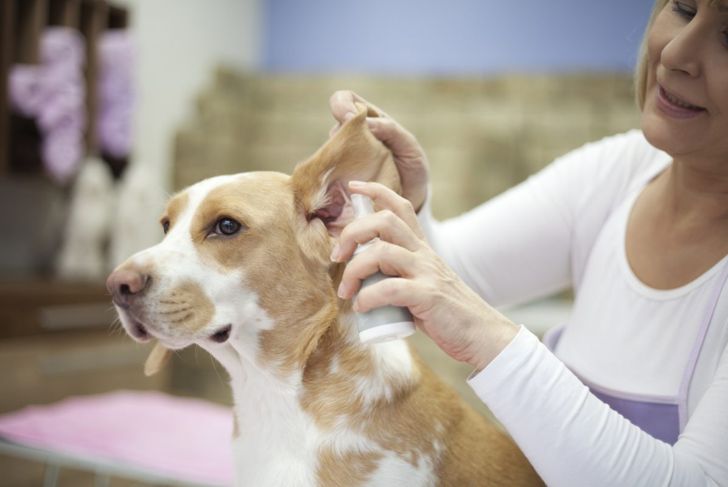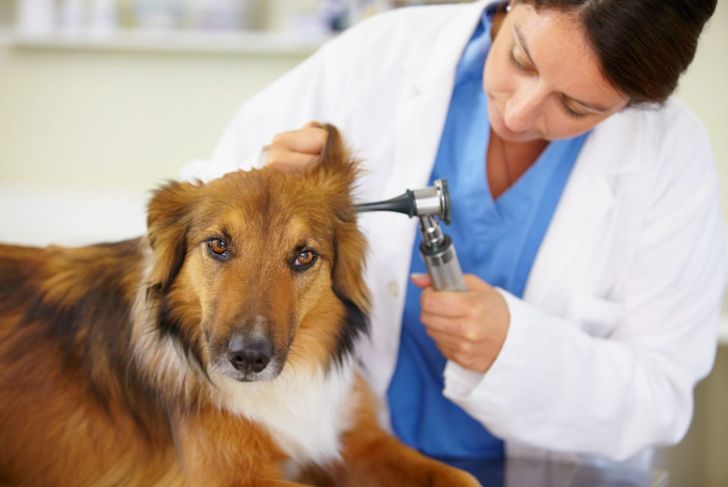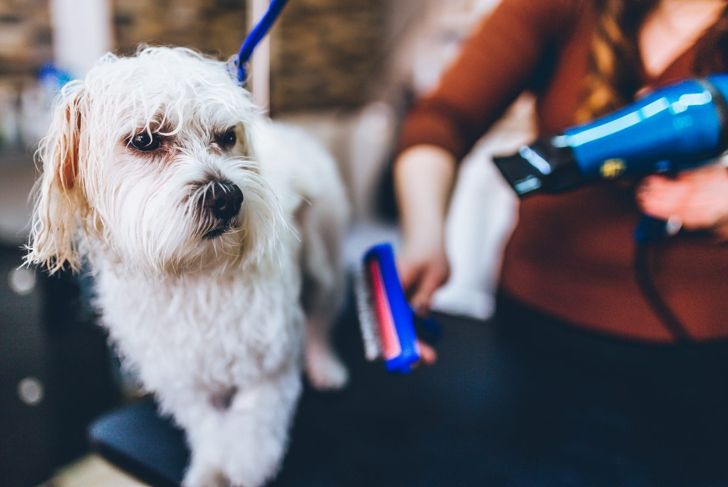Do you have a floppy-eared dog? If so, you may already have experienced the misery of a canine yeast infection of the ear. People get yeast infections, too, both men and women, and even babies with diaper rash. And if you’ve ever had one, you know how bothersome they can be. If you notice a lot of scratching on one (or both) of your dog’s ears or some head tilting, you’ll want to take a closer look. If it’s the first time, you’ve noticed this, better make an appointment with the vet ASAP. With careful maintenance, most dogs make a recovery with only rare reoccurrences.
What causes yeast otitis?
Quite simply, yeast, warmth, and the moisture in a dog’s ear provide the perfect environment for an overgrowth of yeast. If your pup has floppy ears, especially floppy and hairy ears, they may be even more prone to developing yeast otitis.
Besides scratching, what are the other symptoms?
If you look in your dog’s ears, one of the most startling things you may see is dark brown or even black waxy discharge. You might also smell a musty or sour odor. The skin of the affected ear will likely be red and even swollen from irritation and scratching. Sometimes the ear also feels hot to the touch due to inflammation.
Do allergies have anything to do with yeast infections?
Several underlying conditions may make your dog more prone to yeast otitis. The first and most common is allergies. The second could be ear mites. These microscopic pests irritate the ear canal and cause scratching; the yeast infection is secondary. Occasionally, your pup might have a combination of both yeast and bacterial infections.
Are some breeds more prone to yeast infections in the ears?
Any dog with floppy ears, such as all varieties of Spaniels, hounds, Dachshunds, Poodles, etc., are predisposed to yeast otitis. Waterdogs, such as Golden Retrievers and Labradors, can also be at higher risk. This is simply because they love to get wet, and it’s hard to get their ears completely dry. Certain breeds also tend to have more fur in their ear, increasing the chances of yeast otitis.
What will happen during the veterinary exam?
Your vet will take your pet’s vitals (heart rate, breathing rate, and temperature) and then begin an ear exam. First, they’ll note any redness, oozing, or discharge and will probably insert a swab gently into the ear to get a culture of the material growing inside. This will confirm if your pup has a straightforward yeast infection or if it’s a combination of yeast and bacteria. If there are ear mites, the exam will show that, too. From there, it’s on to a treatment plan.
How will the vet treat my dog’s yeasty ear?
Most often, medicated ear drops are prescribed for you to put in your dog’s ears. Your vet will also very likely prescribe a cleaning solution which typically is used two times a week. If the itching and redness in the ear canal is severe, a low dose of steroid drops or pills may also be prescribed to reduce inflammation. Your vet will show you how to administer any medication as well as how to clean your dog’s ears properly.
Can there be complications from yeast otitis?
Unfortunately, complications can occur with yeast infections. Some dogs become allergic to the yeast itself, and that doubles the itching. Others may suffer an allergic reaction to the antibiotic in the ear drops. If the infection travels down to the eardrum, it can cause a middle ear infection rather than an external infection. This ups the chances that systemic antibiotics will be needed. Some vets do a procedure called an ear flush. Your dog will be sedated, and the affected ear is cleaned, and all debris is flushed out.
What can I do to prevent yeast otitis from happening again?
Regular grooming is an excellent way to take care of your dog’s ears. All dogs should be bathed, groomed, and brushed regularly, but be sure the ear flap is completely dry after a bath. A pup with a history of recurring yeast otitis will need an ongoing regimen of ear cleaning. If your dog has allergies, ask your vet if there is a particular food they recommend. Some owners give their pups probiotic chews. Your vet may recommend allergy testing and then a sequence of allergy shots for pups with severe allergies.
Could my dog go deaf from yeast otitis?
There’s a possibility that recurrent yeast infections in your dog’s ears can impact hearing. A gunky ear canal can cause temporary hearing loss or even deafness. Repeated infections cause thickening of the ear canal’s tissue. If the eardrum area gets infected, the possibility of hearing loss goes up. If your dog does become hearing impaired, you can teach it some signs to help with communication. In fact, training any dog with signs is a good idea.
My vet told me my dog makes excessive ear wax, and that’s leading to ear infections.
There is a definite cross-over between pups who suffer from excessive earwax and developing yeast otitis. Some breeds are just genetic “wax-makers,” including Cocker Spaniels, Bassets, English Bulldogs, and Poodles. Pity the poodle: they have quite a bit of hair growing in their ear canal, and since they don’t shed, the hair doesn’t come out. A wax ball is easily created that can harbor yeast and lead to infection.

 Home
Home Health
Health Diet & Nutrition
Diet & Nutrition Living Well
Living Well More
More
